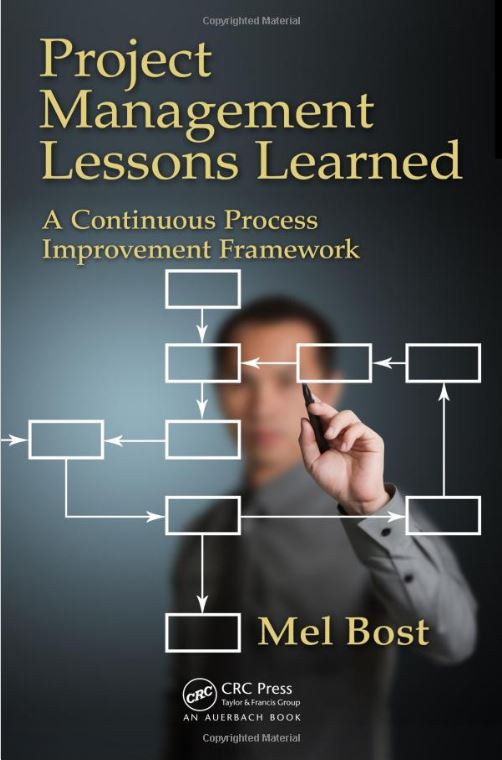It’s funny how the brain and your mind work together–even when you are not engaged consciously in an activity.
Take for example one of the Lou Tice principles I have often referred to in this blog.
Lou Tice often said that managers should not wait until they have assembled all their resources to make bold plans.
Instead, managers should focus their attention and vision on bold plans first. Then the mind and bring will use their “energy” to find the solutions for the bold plans in both conscious and unconscious undertakings. The power of the Mind and brain combination is truly remarkable.
Now what does this have to do with the process of “osmosis” and project manager performance?
Last week my wife and I were watching an episode of Trisha Yearwood’s cooking show on one of the “Food Channel Networks.” Trisha’s theme was an “homage” to Julia Childs and her French cooking which Trisha’s mother had introduced her to many years ago.
In this current episode, Trisha and her sister were preparing a beef dish that required a seasoning as part of the cooking process. They were using a “sachet,” which is a small porous clot bag or pouch contained spices, herbs or vegetables as the seasoning ingredients. As they described the role of the sachet, I was surprised by how much I knew about “sachets.”
I honestly have never done enough cooking to have prepared and used a “sachet.” Yet, as I listened to the TV program, I felt that somehow in my experience I had encountered “sachets” before. As I thought about this, I recalled that as a youth my family would often gather at holidays and large family meals were often a focal point.
I recalled running through the kitchen engaged in some activity with my numerous cousins as these meals were taking shape. In my memory, the word “sachet” was often a topic of the family “chefs.”
So why was I so attuned to the role and makeup of a “sachet?” Somewhere, somehow along this journey that we call “growing up,” my mind and brain was made aware of the “sachet.” It was almost like “osmosis,” a process whereby materials kept isolated by a porous barrier often experience a mixing of the individual materials.
Every day we are exposed to a myriad of experiences, both consciously and unconsciously, that shape the way we see and react to the world around us. Our behavior and actions are the result of this exposure. As project managers, we all experience actions, decisions and behavior of other project managers and team members and stakeholders. We are experiencing what worked and what did not work, what decisions and plans were fruitful and which ones failed. We are experiencing what may be termed “subconscious benchmarking.”
Our brains and minds have a vast amount of surrounding experiences to assess and choose from. It’ like “osmosis,” but we must be sure the membrane is open and receptive to these experiences. Like the knowledge of the “sachet” in my example above, we have to give our minds and brains room to function.
Have you created the type of environment in your project management organization which promotes an awareness and appreciation of project experiences that can benefit individuals and the entire organization? Like the “sachet,” you can season your organization with such thinking.

Leave a Reply